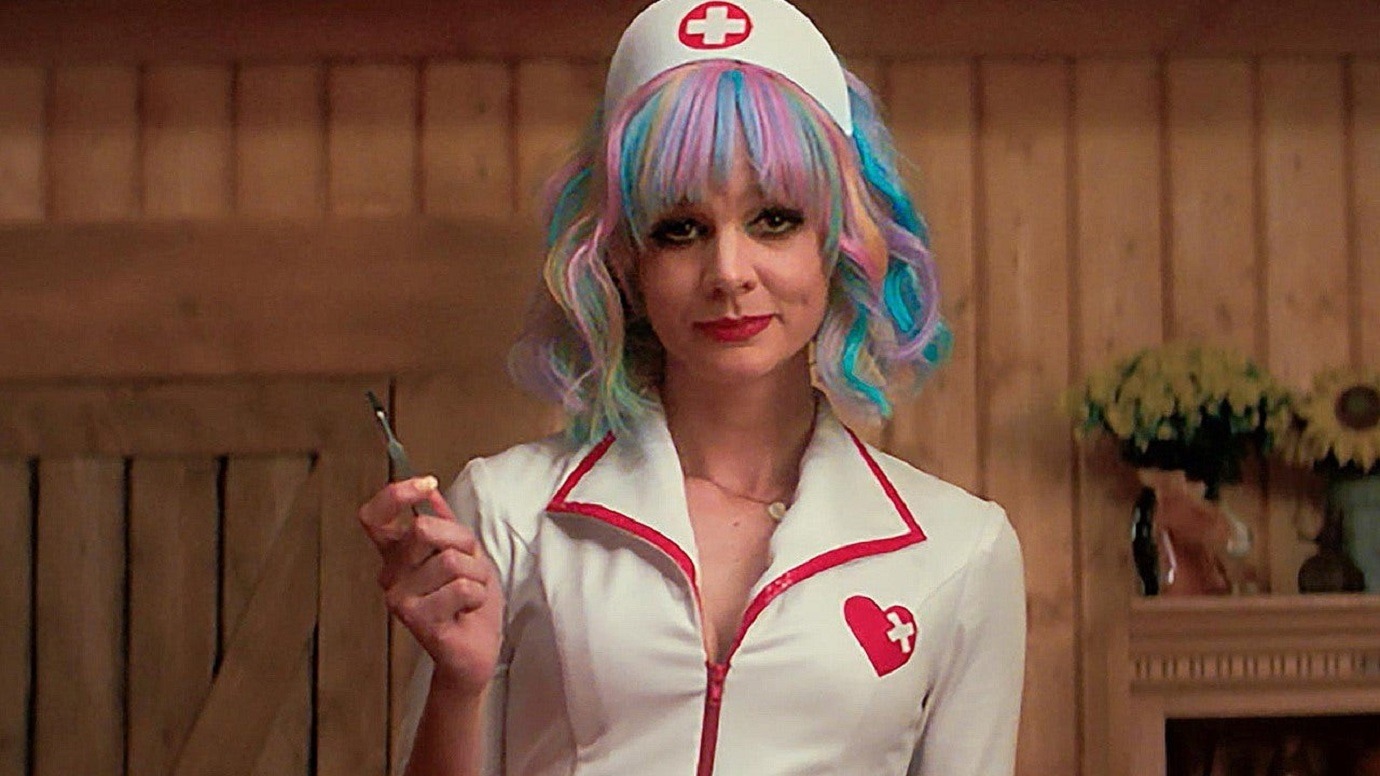Promising Young Woman | A Review
Sue Dhillon is an Indian American writer, journalist, and trainer.
Promising Young Woman Movie Review
Gyrating middle aged men and hip thrusting crotch shots open the culturally aware film Promising Young Woman. This dark comedy draws on everyone’s daily lives, offering a film for us to reflect, not only on the society we live, but our part within it and our own actions.
We follow our protagonist, Cassandra aka Cassie, played by Carey Mulligan, as she deals with a trauma-driven obsession for revenge against the ‘nice guys’ of society. Taking on vigilante-like qualities, Cassie exposes the ‘good guys’ as a way to correct the wrongdoing experienced by her childhood friend Nina.
Addressing the dark reality of sexual assaults on women, Cassie lures men into believing she’s overtly drunk, allowing the ‘good guy’ to be her knight-in-shining armour. Mirroring the men, mid sexual assault, Cassie brings to light her true intentions, forcing these characters to re-evaluate themselves and question their true character.

THE SOCIETY WE LIVE IN
Placing a focus on the society we live in, the title of the film draws from the stereotype of the ‘promising young man’, a term used within courts and media to describe men/boys who have committed an offence yet are deemed to be an all-round ‘good guy’.
The film perfectly addresses this narrative by the use of strategic casting. Actors and actresses such as Bo Burnham, Alison Brie and Max Greenfield who have played beloved and idolised roles, adopt the antagonistic characters, forcing us to recognise our naivety of thinking we know people when coming across similar situations as featured in the film.
Also, we can identify with these characters as the story draws on the bigger picture of a shared mentality within society. It addresses a system formally set up to protect men, but also places a magnifying glass on popular culture; other movies and tv shows which include similar scenarios which we laugh at or shrug off.
SOCIETAL AND CULTURAL NORMS
Our involvement in such cultural/societal norms can result in a lack of awareness and allow ourselves to detach from the issue, an ethos which many of the characters hold. The film touches on acts and behaviours of redemption, experienced only by two characters, showing there is a lack and need for self-awareness to tackle the issue of perceptions and behaviours around sexual assault within society.
The film somewhat praises remorsefulness with forgiveness, demonstrated in Cassie placing her trust in Alfred Molina’s character, Jordan, at the end of the film. Creating a moment for the audience to understand and to allow the act of repenting, it highlights the conversation around a lack of accountability in society and almost honours those that do take it – depicted in the metaphorical passing of the torch from Cassie to Jordan as he adopts the responsibility and an opportunity to correct his past actions.
Cleverly contrasting the darker undertones of the film’s theme and Cassie’s actions, the use of a vibrant, pastel tone palette throughout the movie makes it feel like a stereotypical ‘chick-flick’. Enhancing Cassie’s femininity through her clothes and hairstyles, the inclusion of a romance alongside it’s all female soundtrack, the film is a genre within itself.
The films conclusion is bitter-sweet. Without spoiling it for you, revenge is a dish best served cold. Our protagonist Cassie has in some form gained justice, not only for her friend Nina, but for those who have experienced similar events featured throughout the film. Cassie is idolised in her own way through religious imagery, with shots showing her as an angel, Mary and Jesus – illustrating her vital role as a part of a greater cause.
In a time where political movements are being more vocal than ever, the film acts as a tool to encourage discussions regarding the difficult topic of sexual harassment and assault. It opens up a conversation to allow ourselves to be honest not only with ourselves, but with the ‘Cassie’s and Nina’s’ we know and those we don’t. The film is a captivating watch as it doesn’t draw from imagination. It’s realism. It draws from experiences we’ve either witnessed or had. It deals with current events that we cannot disassociate from, as we live in the society featured in the film. It’s now. It’s us. It’s you.
Written By Malin Jones – Click on the link to see her LinkedIn.



